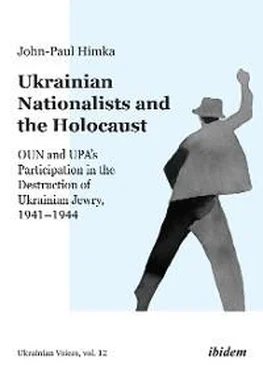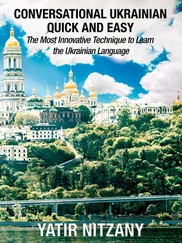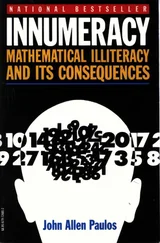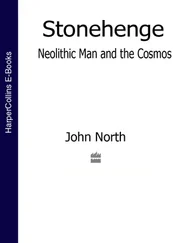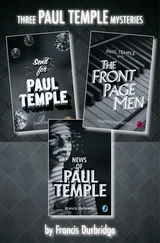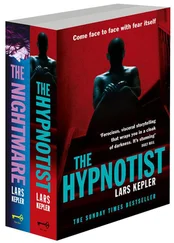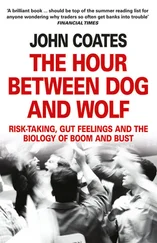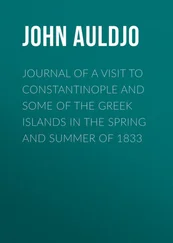I found of particular value to my research a set of documents that were sent to the highest echelons of the Soviet Ukrainian communist party in the years 1943-44, as the Soviets entered and reconquered Western Ukrainian territory. These documents had various provenances, but what united them was that they contained information considered worthy of the notice of the top Soviet Ukrainian leadership. Many of these documents concerned OUN and UPA. Like the interrogation documents, these materials were also aimed at trying to understand what was happening. Of course, reports and analyses understood events through a Soviet ideological prism, but materials in this collection also included captured OUN and UPA documents, copies of the Meldungen aus den besetzten Ostgebieten , and even the fascinating diary of a young man drafted into UPA. 45
Information on UPA can also be found in the reports of the Soviet partisans who encountered them.
There is a great variety of OUN and UPA documentation. Wartime OUN and UPA had well developed administrative structures that generated masses of documents. Some have been preserved by OUN members in the diaspora and have ended up in published collections as well as in archives, libraries, and museums across North America and Europe. But the richest trove is in archives in Ukraine, comprised primarily of documentation captured by the Soviets. Occasionally, too, OUN-UPA archives buried in containers for more than half a century have been unearthed. 46
The most official of the OUN documents are the resolutions of the organization’s congresses and conferences as well as various programmatic documents. But aside from these, there are many other kinds of documents, including: 47
drafts of programmatic documents;
transcripts of meetings;
orders and instructions to units of UPA and OUN’s security service (SB OUN);
field reports from units of UPA and SB OUN;
SB OUN interrogation records;
materials from OUN-UPA training courses;
memoranda of both factions of OUN to various German offices;
proclamations and announcements to the population.
In using OUN-UPA documents, an important factor to consider is to whom a particular document is addressed. Leader Stepan Bandera himself stated: “One program should be addressed to the members and sympathizers of nationalism, and the second for external factors. The first should be the main credo for members and sympathizers. The second program should exist for external consumption. It can change according to the circumstances and external situation.” 48Particularly with regard to documents aimed for external audiences, it is necessary to consider the time and context in which documents emerged. There were moments when OUN was close to the Germans, other moments when they were enemies, yet other moments when OUN hoped to court the Western allies. In 1941 OUN was optimistic that the Germans would be victorious, but this ceased to be the case by 1943. Earlier, OUN competed ideologically with the Germans; later it did so with the Soviets. After it became clear that Germany would lose the war and that OUN’s participation in the mass murder of Jews would blemish its reputation with the Western allies, OUN-B undertook to revise the historical record. On 27 October 1943, the OUN leadership in Ukraine issued an order to compile
c. Lists that would confirm that the Germans carried out anti-Jewish pogroms and liquidations by themselves, without the participation or help of the Ukrainian police, and instead, before carrying out executions, urged the Jewish committee or the rogues themselves to confirm with their signatures the presence of the Ukrainian police and its involvement in the actions.
d. Material that would clearly confirm that Poles had initiated and taken part in anti-Jewish pogroms.... 49
The order was sent “in strictest confidence” to “the oblast, circle, and county leaders” of OUN.
Also, we know that not every order was written down, and sometimes we have to interpret the course and meanings of actions without documentation from OUN-UPA itself.
Yet in spite of efforts to dissemble and to doctor history, OUN produced written documents that testify to antisemitism, the pursuit of ethnic cleansing, and the murder of Jews.
The USHMM has the stenographer’s minutes of denaturalization hearings conducted by the United States Department of Justice, Office of Special Investigations in the 1980s of persons accused of having served as Ukrainian policemen under the Nazi occupation. 50Useful in these documents is the witness testimony. Among those who testified are former Ukrainian policemen, their relatives, and Jewish survivors. They provide information that helps us better understand not only the Ukrainian Auxiliary Police in German service, but also the Ukrainian National Militia connected with OUN-B.
The Eastern Bureau of the Polish underground government reported on the situation in Galicia (“Eastern Little Poland” in its terminology) and Volhynia in 1943-44. 51
Documentation of armed forces and governments other than those of the Germans and the Soviets who were active on Ukrainian territory during World War II has not been consulted for this study. But other scholars have made use of Hungarian, Romanian, and Slovak documentation; where relevant I cite it from their work.
Memoirs, Testimonies, Diaries
Jewish Testimony
Before his demise in Majdanek death camp, the Jewish historian Ignacy Schiper stated: “What we know about murdered peoples is only what their murderers vaingloriously cared to say about them. Should our murderers be victorious, should they write the history of the war, our destruction will be presented as one of the most beautiful pages of world history, and future generations will pay tribute to them as dauntless crusaders.” 52The defeat of Nazi Germany prevented the scenario that Schiper feared, but the decades-long hegemony of Nazi documentaton in Holocaust research in the West has occluded for too long the input of the targeted victims. The memoirs, testimonies, and diaries of Jews who experienced the Holocaust comprise a huge and informative body of source material that needs to be taken into consideration by historians. As is the case for all the other sources discussed so far, the understanding and use of these particular sources require an awareness of their specific biases and limitations.
Jan Gross, as already explained, has been a champion of testimony, and his book Neighbors sparked a growing interest in the use of testimony in Holocaust studies in the West and in postcommunist Europe. In Neighbors he made a bold and controversial statement on the subject:
...I suggest that we should modify our approach to sources for this period. When considering survivors’ testimonies, we would be well advised to change the starting premise in appraisal of their evidentiary contribution from a priori critical to in principle affirmative. By accepting what we read in a particular account as fact until we find persuasive arguments to the contrary , we would avoid more mistakes than we are likely to commit by adopting the opposite approach, which calls for cautious skepticism toward any testimony until an independent confirmation of its content has been found . 53The greater the catastrophe, the fewer the survivors. We must be capable of listening to lonely voices reaching us from the abyss.... 54
Clearly this passage was carefully formulated, and so it has to be as carefully read. I am not sure that critics have been doing that. Gross was writing about historical likelihood, not proof. I therefore would disagree with the way Christopher R. Browning has criticized it. He wrote that in cases in which “there is only a handful of survivors, this [Gross’s approach] is a tempting proposition. But however tempting, this default position still strikes me as too low an evidentiary threshold.” 55My own view is identical with that of Omer Bartov: “From the point of view of the historian, the single most important benefit of using testimonies is that they bring into history events that would otherwise remain completely unknown, since they are missing from more conventional documentation found in archives and mostly written by the perpetrators or organizers of genocide. Hence personal accounts can at times save events from oblivion.” 56In this book I will, as far as possible, triangulate sources, so that testimonies do not stand alone.
Читать дальше
